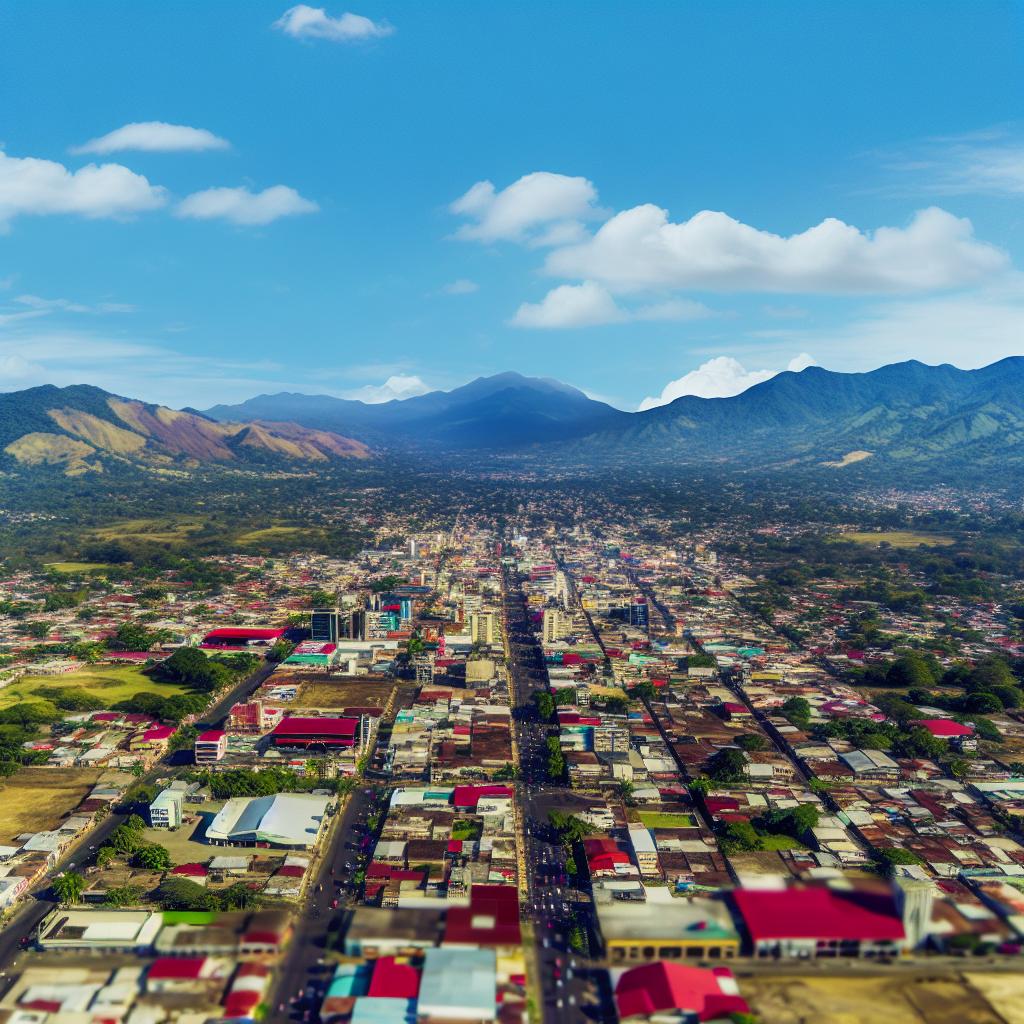Contents
“`html
Introduction to San Pedro Sula
San Pedro Sula is one of the largest cities in Honduras, situated in the northwest region of the country. It serves as an important hub for both economic activities and cultural exchanges. Known as an industrious city, San Pedro Sula plays a crucial role in the Honduran economy by being a center for commerce and industry.
Geographical Location
San Pedro Sula is strategically located in the Valle de Sula, a fertile valley that contributes to the city’s agricultural productivity. The city is positioned approximately 60 kilometers (about 37 miles) from Puerto Cortés, which is the country’s largest and most significant port. This proximity to the Caribbean Sea enhances its role as a vital trade center.
Economic Activities
San Pedro Sula has earned the nickname “Industrial Capital of Honduras” due to its vibrant economic activities. The city is a central point for manufacturing sectors including textiles, food production, and electronics. Numerous multinational corporations have established operations in San Pedro Sula, leveraging its strategic location and resources.
Key Industries
The textile industry is particularly prominent, with numerous maquiladoras (factories) producing garments predominantly for export markets. Additionally, the city hosts several conferences and trade shows that facilitate international business exchanges.
Transportation and Infrastructure
An essential feature of San Pedro Sula’s economic landscape is its robust infrastructure. The city is well-connected through an extensive road network that links it to other major cities in Honduras. The Ramón Villeda Morales International Airport offers both domestic and international flights, further enhancing its connectivity. This infrastructure supports not only economic growth but also tourism.
Culture and Society
While San Pedro Sula is often associated with industry and commerce, it also offers a rich cultural experience. The city features several museums and galleries that showcase Honduran art and history. The culture in San Pedro Sula is a blend of indigenous and Spanish influences, evident in its festivals, cuisine, and architectural style.
Despite its economic significance, San Pedro Sula faces various challenges, including addressing social disparities and improving public safety. Efforts are underway by both governmental and non-governmental organizations to tackle these issues and improve the quality of life for its residents.
Impact of Earthquakes
San Pedro Sula has been significantly affected by the natural phenomenon of earthquakes, which is not uncommon in the region. The tectonic movements in the area have occasionally resulted in earthquakes, posing substantial challenges to infrastructure, housing, and public safety.
Geological Setting
Located in a seismically active zone, the city is vulnerable to seismic activities due to its proximity to tectonic plate boundaries. Earthquakes in this region can result from movements along fault lines, which have historically impacted various parts of Honduras, including San Pedro Sula. The risk is exacerbated by the city’s urban density and rapid development.
Impact on Infrastructure
One of the major concerns during earthquakes is the damage to infrastructure. Buildings, roads, and public facilities in San Pedro Sula have, at times, faced structural challenges during seismic events. Rebuilding efforts are often necessary post-event, which demands resources and coordinated effort from local and national governments.
Civic Response and Preparedness
The government, along with various private and non-profit organizations, has implemented strategies to manage and mitigate earthquake risks. These include the development of stringent building codes aimed at ensuring new constructions are resilient to seismic activities. Disaster preparedness programs and public awareness campaigns are also regularly conducted to educate the community on safety measures.
Community Resilience
Despite the challenges posed by earthquakes, the community in San Pedro Sula demonstrates remarkable resilience. Lessons learned from past events have helped shape the city’s approach to disaster management, with increased collaboration among stakeholders enhancing recovery and mitigation efforts.
Conclusion
San Pedro Sula is a city of contrasts, balancing economic growth with cultural preservation and social challenges. Its role as a key economic driver in Honduras highlights its importance not only within the country but also in the broader Central American region. For more detailed insights and ongoing developments, consider visiting resources from the city government’s official page or reputable news outlets.
Further Reading
For those interested in exploring more about San Pedro Sula, its history, and current affairs, consider visiting the official San Pedro Sula City Council website.
“`
